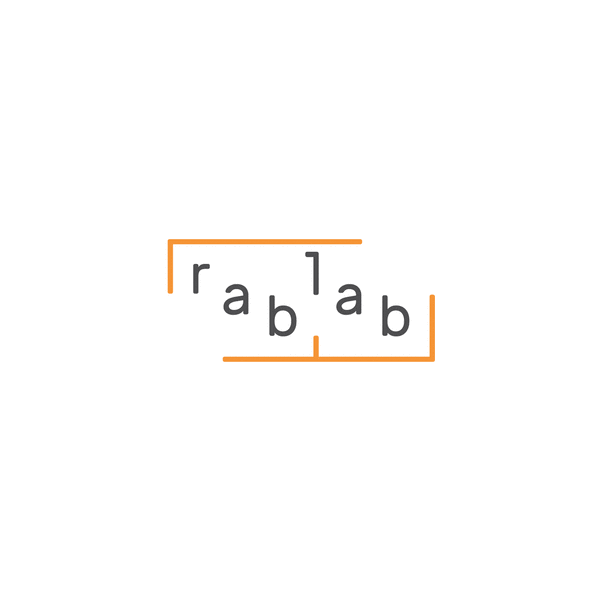Your title and meta description tags are the first thing users will see on the search
engine result page (SERP). In other words, they may be the first point of contact between a user and your website, which is why you won’t be surprised to hear how important they are for natural search engine optimization! These tags are the main way of securing a good rank for your pages on search engines.
So why is it so important to optimize these tags? How do you write good meta tags? What are some mistakes to avoid when optimizing your title and meta description tags? Read on!
How to optimize your title tag
The purpose of the title tag is twofold: it needs to convince visitors to click on your site, and it has to please Google’s algorithm so your website gets indexed properly.
Relevance for search engines: Making your pages visible to Google
The title tag plays a key role in SEO, because it’s taken into account by Google’s algorithm to rank pages. It’s a way for Google’s bots to assess your web page’s
relevance to the query a user types into the search bar.
Relevance for users: Improving your click-through rate (CTR)
For users, the title tag has an editorial purpose: it describes the content of the page in a few words and encourages them to click.
The title tag is also used when sharing the link to a page—on social media, for example. Writing a good title tag is highly recommended to make your link more likely to be shared.
The key is to adopt a user’s mindset and ask yourself: “What are they looking for? How would they search for it? What words would they pick to have their query answered?” And on that topic, it’s always a good idea to conduct some keyword research ahead of time!
How do I write a good title tag?
- Optimize the number of characters. When writing the title tag, use all the space you’re given, but don’t make your title too long or it might get cut off in search results. Aim to stay under 512 pixels, or about 55 to 65 characters.
- Place your page’s main keyword at the beginning of your title tag. Since your page is targeting a specific query, make sure your answer is readable from the search results! Then, flesh it out with related secondary keywords! Learn more about the different types of keywords .
- Use as few characters as possible so you only insert relevant keywords. Avoid parasite words such as “the,” “a” or “an,” which aren’t essential to human comprehension (while keeping your title readable, of course).
- Place the company’s name at the end, since the first words on the left are the most important ones.
- When appropriate, add the place where you’re offering your products or services. Many searches are done locally.
- You can also make your title tag more impactful (in both underlying effectiveness and form) by adding numbers to it. They stand out from the pack of search results!
Mistakes to avoid
- Neglecting to define your main keyword. This is a crucial part of your SEO strategy: one page equals one keyword, so it absolutely needs to be featured in your title tag.
- Not optimizing your title tag. For example, a title tag that reads “Home page” wouldn’t be very relevant for either Google’s algorithm or your potential visitors.
- Optimizing your title tag TOO much. Again, one page equals one keyword. It’d be counterproductive to try and stuff all of your website’s keywords into the home page title tag, for example.
- Just duplicating a title tag for all of your pages. The rule in SEO is “one title for each page.” Otherwise, Google’s bots will consider that your whole site is made up of similar pages.
How do I write a good meta description tag?
Relevance for users: Increase your pages’ click-through rate
The meta description tag, on the other hand, is not taken into account by Google’s algorithm when ranking pages. But that doesn’t mean you should neglect it!
Google is very clear on the point of a meta description tag: the information included in the meta description tag is designed to help users better understand your site’s content and convince them to click on links to your pages in search results.
The meta description tag describes a page’s content in a bit more detail and invites users to click. It’s your best conversion tool! Use meta descriptions to improve your click- through rate (CTR).
How to optimize the meta description
As it’s longer than the title tag, you can use it as an opportunity to provide more details on the content of your page. Keep in mind what users are looking for.
- Take advantage of the 155 characters to describe your page’s content as best you can and make users want to visit your website. Beyond that character count, your meta description risks getting cut off by search results pages.
- Include your page’s main keyword and flesh out the description with a few secondary and semantic keywords.
- Add calls to action to attract visitors: Shop, Contact, Discover, Buy, Book now, etc..
- Avoid meta descriptions that don’t say anything about what a potential visitor will see if they click on your link (for example, “Welcome to our site”).
- And finally, write a unique meta description for each of your pages! Make sure you always fill out this field when creating a page. Never leave it blank! Otherwise, Google will choose what content gets displayed.
Meta tags: A summary
In short, meta tags are used to make people click on your site! Google is always trying to provide the best possible results to its users, so it’ll highlight the sites that offer the best answers to search queries. That’s why optimized title and meta description tags are essential for good SEO!

